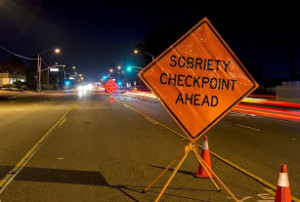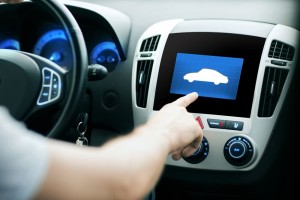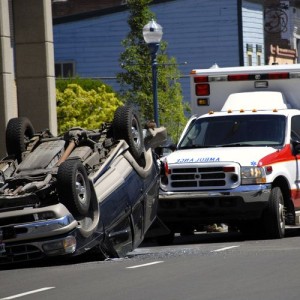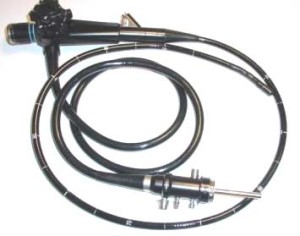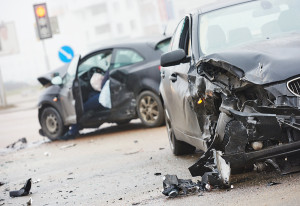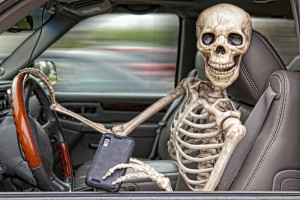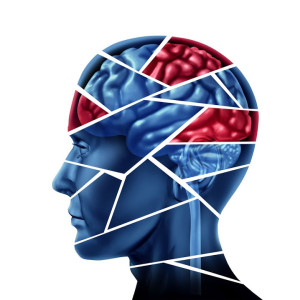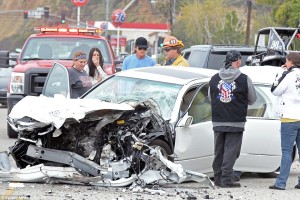 There have been conflicting statements that have been submitted concerning the initial factor that caused the accidental death of 69 year old Kim Howe. One theory is that Caitlyn Jenner was talking or textin on a phone prior to the incident. The fatal accident occurred in early February of this year on the Pacific Coast Highway in Los Angeles. Jenner was cited as the being the primary cause of the crash when she rear-ended Ms. Howe.
There have been conflicting statements that have been submitted concerning the initial factor that caused the accidental death of 69 year old Kim Howe. One theory is that Caitlyn Jenner was talking or textin on a phone prior to the incident. The fatal accident occurred in early February of this year on the Pacific Coast Highway in Los Angeles. Jenner was cited as the being the primary cause of the crash when she rear-ended Ms. Howe.
California Vehicular Manslaughter Statute
There are three types of manslaughter that an individual can be charged with in the state of California. Depending on the situation and the individuals involved, the charges executed can affect the life of the assailant for a short or long period of time. Charges are basically determined based on the intent of the crime. One major concern is whether a person actually intended to commit the alleged crime or if the incident was an accident.





